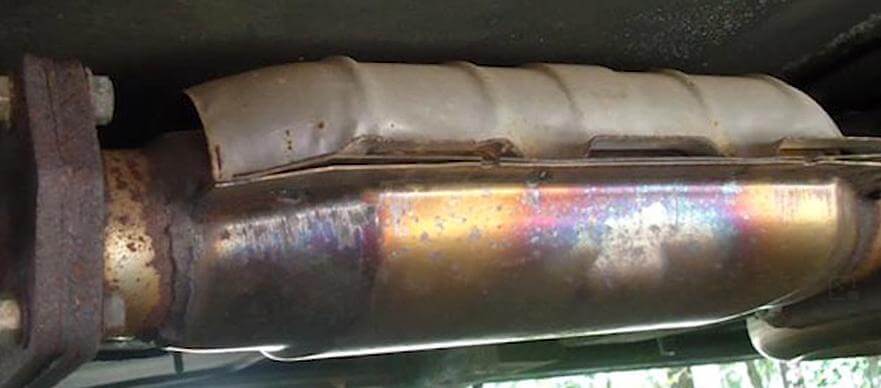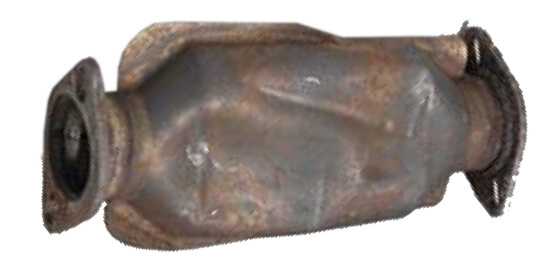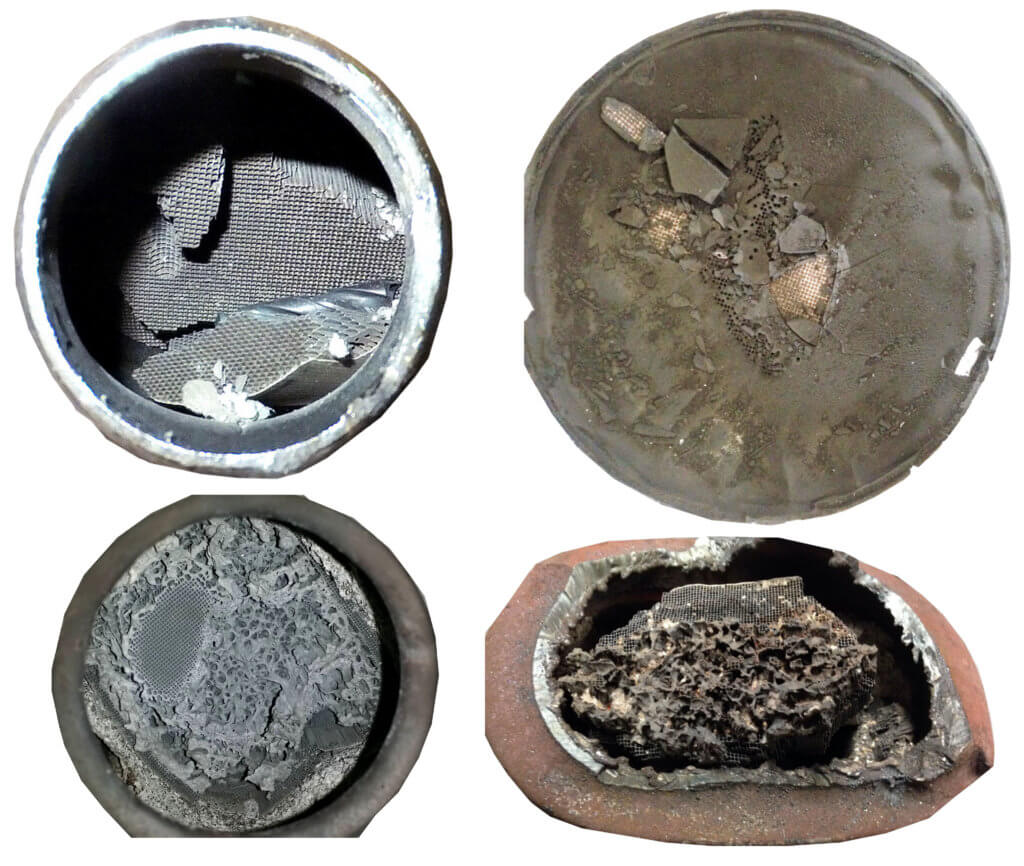P0420 or P0430 Codes: First Things To Check
First Things to Check if You Have a P0420 or P0430 Codes
If you’ve scanned your vehicle and found P0420 or P0430 codes, it’s easy to panic. These codes point to catalytic converter efficiency issues, and replacing a catalytic converter can set you back anywhere from $1,500 to $2,500. Naturally, most people immediately look for cheaper solutions—but let me warn you: there’s a lot of bad advice out there. Many suggest replacing the oxygen sensors as a first step. That’s usually a waste of money because oxygen sensors rarely cause these codes, though there are exceptions I’ll get to later. Let me guide you through what you should check first and why these codes appear in the first place.
Step 1: Read the Long-Term Fuel Trim (LTFT)
Start by using your scan tool to check the long-term fuel trim (LTFT) percentages. If LTFT is over 10%, the engine control module (ECM) adds extra fuel to compensate for a lean condition. A vacuum leak, an exhaust leak, low fuel pressure, or clogged fuel injectors could cause this.
If you find high LTFT values or related lean condition trouble codes (like P0131, P0135, P0171, or P0174), here’s what to investigate:
• Vacuum leaks: Check for disconnected or cracked vacuum lines, intake manifold leaks, or tears in the air intake duct.
• Dirty MAF sensor or throttle body: Clean both if necessary.
• Low fuel pressure: Verify with a fuel pressure gauge to rule this out.
Step 2: Look for Signs of Catalytic Converter Overheating
Visually inspect the catalytic converter. If it has a blue or purple discoloration, that’s a sign it has overheated. Overheating is often caused by misfires or unburned fuel entering the exhaust, leading to internal melting or failure.
Step 3: Check for a Broken Catalytic Converter Substrate
A common issue is physical damage to the converter. Use a rubber mallet to tap around the converter and listen for rattling lightly. If you hear it, the ceramic structure inside is broken, and the converter needs to be replaced.
Step 4: Test for a Clogged Catalytic Converter
If the catalytic converter is clogged, it can restrict exhaust flow and affect engine performance.
Here’s how to test:
• Exhaust backpressure test: Remove the upstream oxygen sensor and insert a pressure gauge. Backpressure over 1.5 psi at idle indicates a restriction.
• Loosen exhaust bolts: Temporarily loosen the bolts connecting the exhaust manifold to the catalytic converter/down pipe. If the engine runs better afterward, you’re likely dealing with a clogged converter or exhaust.
• Manifold Vacuum Test: Connect a vacuum gauge to the intake manifold. Normal idle vacuum should be 16–21 inHg. The vacuum should drop when you rev the engine to 2,500 RPM and then immediately bounce back to the idle reading. If it takes a long time for the vacuum to recover, a clogged converter is likely the problem.
Step 5: Measure Catalytic Converter Temperatures
Using an infrared thermometer, measure the converter’s inlet and outlet temperatures. Conventional wisdom says the outlet temperature should be 100–150°F higher than the inlet. However, on late-model vehicles, temperature differences may be smaller (or even absent) due to changes in converter design. If the outlet temperature is lower than the inlet, that confirms the converter isn’t working.
Why P0420 and P0430 Codes Appear
A catalytic converter is not a wear-and-tear item—it’s designed to last the vehicle’s life. If it fails, something causes it. Let’s break down the most common causes.
1. Overheating from Misfires or Air/Fuel Issues
Misfires send unburned fuel into the exhaust system, causing the converter to overheat and possibly melt its internal components. Other culprits include leaking fuel injectors, vacuum leaks, or contaminated fuel. Ignoring engine problems will quickly destroy the converter.
2. Contamination or Poisoning
Catalysts rely on precious metals to neutralize harmful gases. Contamination can render these metals ineffective. Common sources of contamination include:
• Burning oil due to worn piston rings or valve seals.
• Coolant leaks from a blown head gasket.
• Additives containing sulfur, zinc, or lead, which can poison the converter.
3. Physical Damage
The catalytic converter’s ceramic substrate is delicate. Impacts from curbs, speed bumps, or even rusted-out heat shields can crack or break it. Additionally, vibrations from damaged exhaust hangers can cause internal components to fail.
Why Oxygen Sensors Aren’t Usually the Problem
The ECM Uses The Oxygen Sensors to Test The Catalytic Converter
During a catalytic converter test, the ECM commands a rapid air/fuel mixture change between rich and lean. The upstream oxygen sensor needs to work properly to see and report these fluctuations. If the upstream sensor isn’t working properly, the ECM will cancel the test and set an oxygen sensor trouble code, and Check Engine light.
If the ECM detects the rapid switching, it proceeds with the test by looking at the downstream oxygen sensor. A healthy catalytic converter will burn off the excess fuel, resulting in a steady downstream sensor reading.
However, if the downstream sensor fluctuates like the upstream sensor, the ECM logs P0420 or P0430 codes, indicating the converter isn’t functioning properly. If the oxygen sensors themselves were faulty, you’d typically see other codes (like P0133 or P0135) before a P0420 or P0430.
Exceptions to the Rule
There’s one notable exception: older Subarus. A “lazy” upstream oxygen sensor can produce false P0420 or P0430 codes on these models. If you’re working with an older Subaru, replacing the upstream sensor might solve the problem.
The Take-Away From This Article
P0420 and P0430 codes are symptoms, not the root cause. A catalytic converter doesn’t fail on its own—it fails because of an underlying issue. By following the steps I’ve outlined, you can diagnose the problem properly and avoid wasting money on unnecessary parts. If you suspect the catalytic converter itself has failed, always address the root cause before replacing it, or you’ll just end up back where you started.
©, 2024 Rick Muscoplat
Posted on by Rick Muscoplat


